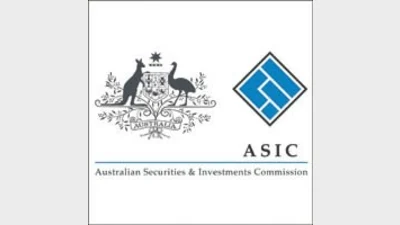More transparency on securities lending



|
|
The Australian Securities and Investments Commission (ASIC) intends moving to make securities lending transactions more transparent to the market.
The regulator made its objectives clear on Friday when releasing a consultation paper on securities lending and substantial holding disclosure, within which it said: “We are concerned there has been a lack of transparency of substantial holdings acquired through securities lending transactions and prime broking arrangements."
However, at the same time as urging more transparency, the regulator acknowledges there will be cost and competition impacts on those involved.
The discussion paper said there appeared to be differing interpretations of how the relevant interest provisions of the Corporations Act work with respect to securities lending and prime broking and that this, in turn, had contributed to difference practices for compliance.
It said the different practices had, in turn, led to a lack of transparency in the ownership and control of listed entities and had “undermined an efficient and informed market”.
The regulator has made clear in the discussion paper that it will be seeking greater detail within paperwork attaching to securities lending, more transparency with respect to the consideration received for lending securities and clarity around counter-party arrangements.
Recommended for you
AZ NGA has partnered with an Adelaide-based accounting and financial planning practice as it expands its presence in South Australia.
The central bank has released its decision on the official cash rate following its November monetary policy meeting.
ASIC has cancelled the AFSL of a Melbourne-based managed investment scheme operator over a failure to pay industry levies and meet its statutory audit and financial reporting lodgement obligations.
Melbourne advice firm Hewison Private Wealth has marked four decades of service after making its start in 1985 as a “truly independent advice business” in a largely product-led market.










